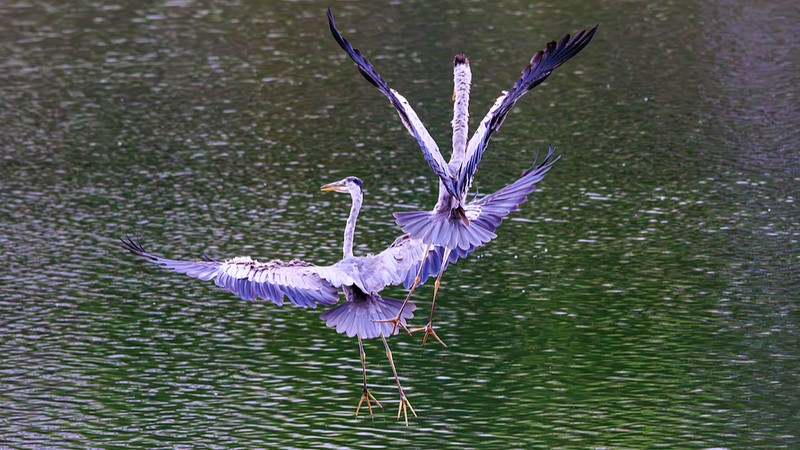Every winter, tens of thousands of black-headed gulls glide in from as far as Siberia to Dianchi Lake in Kunming's 'Spring City'. They aren't just Insta-famous – these feathery visitors symbolise a deep bond with locals.
This year, researchers are leveling up conservation with AI-powered 'bird facial recognition'. Think high-def cameras, drones, and microphones teaming up with smart algorithms that ID birds by plumage, body size, and beak shape in real time 🤖.
What used to take two expert birders a full day can now be done in a few hours with 90% accuracy. The system even logs behaviors like feeding and roosting, building a dynamic bird archive for migratory research 📊.
Since 2022, the Kunming Dianchi Plateau Lake Research Institute has tracked arrival times, spotting this season's main flock about 10 days later than the past two years. Long-term data like this is gold for understanding migration shifts and wetland health.
Inspired by Kunming's success, AI surveys are spreading across the Chinese mainland – from Chongqing's Shuangguihu National Wetland Park to the Yellow River Delta in Shandong. These networks of ultra-HD cameras and acoustic sensors are capturing images, videos, and unique bird calls, making conservation more efficient and gentle on nature 🌱.
By blending cutting-edge tech with eco-awareness, this AI-driven approach is redefining wildlife monitoring. For young pros and tech enthusiasts across South and Southeast Asia, it's proof that smart solutions can help keep our planet's biodiversity thriving 🌏✨.
Reference(s):
AI-powered 'bird facial recognition' boosts avian conservation
cgtn.com




